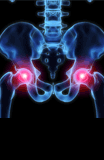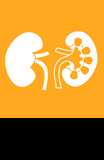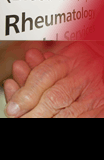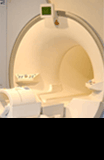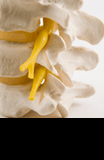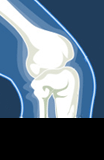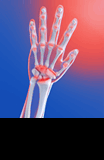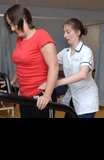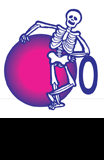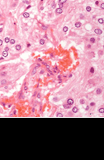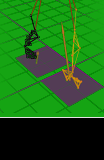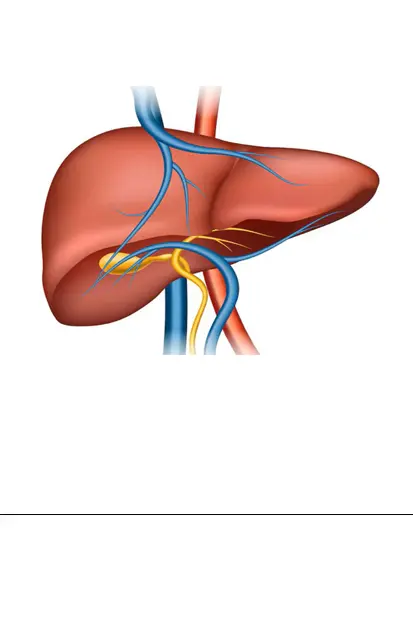Pregnant volunteers needed to train doctors in preterm birth risk assessment
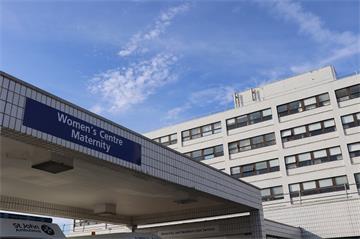
An additional measurement scan is available for pregnant women and birthing people being cared for at Oxford University Hospitals (OUH) and other NHS trusts across the Thames Valley region.
A training programme is recruiting pregnant volunteers to help train doctors to accurately measure the length of the cervix.
This is the best way to identify pregnant women at increased risk of preterm birth (birth before 37 weeks of pregnancy) - for more details visit Premature labour and beyond - NHS website.
This is important because:
- approximately 2/3 of preterm births occur in people who are pregnant for the first time, with no risk factors
- prematurity is the most significant cause of mortality in children under five and is associated with significant morbidity, such as cerebral palsy and learning difficulties, in surviving infants.
OUH will host the first training date in June 2025 at the John Radcliffe Hospital. Health Innovation Oxford & Thames Valley is coordinating further sessions across the region.
As well as training staff, the free scan aims to enhance patient care by identifying those at greater risk of preterm birth and providing individualised care and intervention to either prevent preterm birth or improve the outcomes of the babies born too soon.
In order to train the doctors in this vital skill, Health Innovation Oxford & Thames Valley needs pregnant volunteers from across the Thames Valley to be available for scans in June, September, October and November 2025.
The scan involves a 20-minute appointment to measure the length of the cervix. This will be done with a trainee (a doctor specialising in pregnancy care) under the direct supervision of an experienced clinician who specialises in preterm birth.
The scan is transvaginal, which means that an ultrasound probe is inserted into the vagina so that clinicians can see and measure the cervix. Most people do not report discomfort during the scan, describing it as more comfortable than a cervical smear test.
The scan is perfectly safe for mother and baby. If there are any questions or concerns about the scan, the team would be happy to discuss it further.
A female chaperone and interpreter (if required) will be offered for all scans. Volunteers will also be offered a free picture of their baby.
For more information and to volunteer, please email pretermteam@ouh.nhs.uk
Those deemed at higher risk will be informed immediately and a plan will be agreed the same day. Treatment will be offered according to the findings on the scan and regional and national guidelines.
Katy Hoare, Specialist Preterm Labour Midwife at OUH, said: "Our goal is to prevent preterm birth, and improve the outcomes of babies born too soon. Currently, a cervical length scan is only offered to pregnant people with known risk factors and is undertaken by a limited number of clinicians.
"By training more doctors to scan the cervix, we can increase access to this test and identify more people at risk of preterm birth. This will mean that we can provide life-saving interventions to the right people in the right place at the right time."
Eileen Dudley, Senior Programme Lead Patient Safety & Maternity/Neonatal Safety Improvement Programme Lead at Health Innovation Oxford & Thames Valley, said: "We are pleased to be able to support this important training and education programme.
"It is a valuable opportunity to improve equitable access to care for pregnant people and upgrade the skills of the dedicated staff working in these services."




